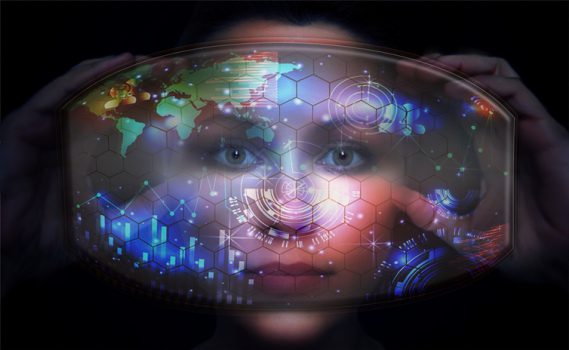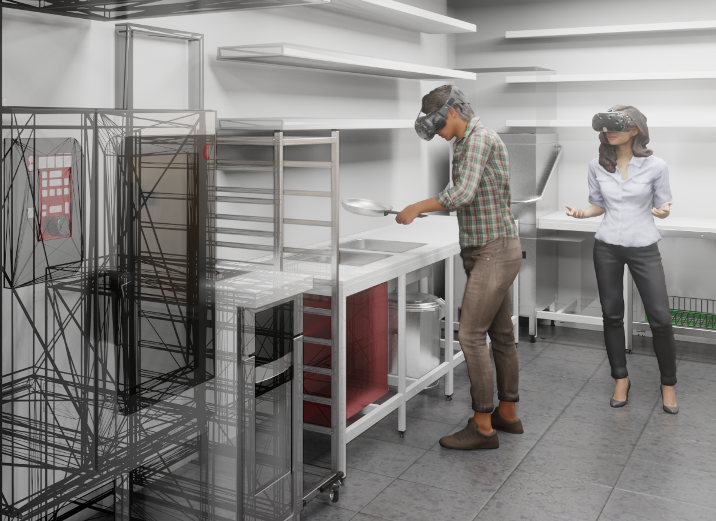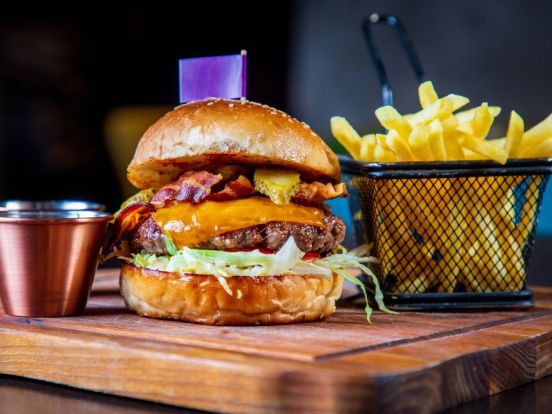By Philippa Prentice
Everyone knows what happens when there are too many cooks in the kitchen, but there’s a lesser-told tale of chefs in kitchens with not enough space, inefficient workflow, poorly configured equipment and sub-par lighting managing more than just spoiled broth. It’s a common behind-the-scenes story, and with eateries under ever more strain from high food, rent and labour costs, low margins and intense competition, restaurateurs and chefs are turning to virtual reality (VR) technology to help them flip the script.
A new kitchen being a crucial ingredient in any recipe for business success, its efficiency should be thoroughly tested by those who’ll be running it – and sooner, rather than later. With VR, it can be. By digitally transporting owners, chefs, staff and stakeholders into the drawings during the design journey, VR allows you to experience what the finished space will actually look and feel like and make changes on the spot, achieving your optimal operational flow from the get-go.

One of Aotearoa’s earliest adopters of VR in architecture, Context Architects has on-site and mobile VR labs at both its Auckland and Christchurch studios. Digital Principal Jonny Breen says they offer an unprecedented level of understanding. “It’s the best medium to explore how people will actually use a space and identify issues the team can resolve during the design process, rather than developing more expensive workarounds later. Multiple people can be in the model at the same time, practising what they do and tweaking the design to suit their workflow, and the experience can also be provided to clients so they can train their staff on how to use the new space while it’s still under construction, meaning they’re ready the day it’s available.”
It’s even more remarkable than it sounds. Slip on one of Context’s HTC or Oculus headsets and you’re instantly inside a computer-generated kitchen and able to interact with everything in it, the handset ‘teleporting’ you wherever you want to go. “We’ve added physics to virtual assets so they’re affected by gravity, and created a range of kitchen items that can be picked up, cooked with, cleaned and stored away,” says Jonny. “Trackers added to real objects give people a sense of size and weight when interacting with them in the real and virtual world, and ray tracing bounces and distributes light, so we can simulate it to manufacturers’ specifications and modify its location, direction and intensity to test the options available.”
A recent collaboration saw Context join with designers and installers Wildfire and equipment suppliers Stoddart to create the new lounge opening soon in Auckland Airport’s domestic terminal. VR was used to provide a clear idea of the layout, architectural detailing and colour palette, and show how the modular system would come together on site.
Wildfire’s Peter Yeo is a former chef who’s worked in hotels, on superyachts, for America’s Cup teams and as Graeme Hart’s private chef. The most common inefficiency he’s encountered in kitchens is a lack of space, “but more space doesn’t equal functionality – it’s always about the flow. If the chef’s involved early in the design process and not trying to make changes at the end, it can save a lot of time.”
VR benefits the human aspects of a kitchen too, says Stoddart’s David Richardson, reducing staff “churn and burn”. Also an ex-chef, he says, “The flow of a kitchen dictates the mood, and if it creates stress, it can lead to mental health issues. By restricting the flow of a space, you also get occupational health and safety issues, such as oven doors being opened with no room to get around them. With VR, you can open that door in your virtual kitchen and see if you need to put the equipment in another spot – and that’s better than trying to change it once you’ve built it.”
Eliminating other stressors such as poor airflow improves outcomes even further, he adds. “With this you can say, ‘Here’s my airflow and there’s my extraction. Am I getting enough air onto the chefs over there?’ Straight away you can see if it works.”
VR is the future and it’s here now, handing you the control and providing unrivalled clarity. As Jonny says, “If a picture paints a thousand words, the VR experience explains a thousand drawings.”








